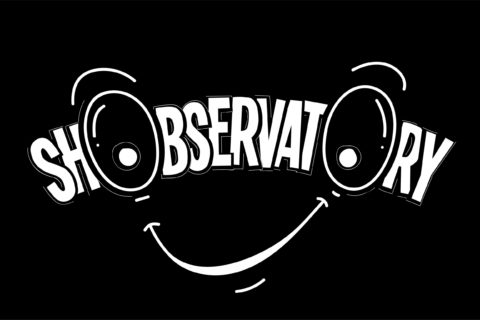Pandemics are not new nor are the social and economic disruptions that ensue. Since the beginning of the 20th century there have been four novel virus strains that have led to global pandemics – 1918 Spanish Flu, the 1957 Asian Flu, 1968 Hong Kong Flu, and the 2009 Swine Flu. The loss of life notwithstanding, each left in its wake social and economic turmoil lasting months if not years. What is alarming about COVID-19 is the intensity and severity of global reactions which include government mandated social distancing measures such as temporary closures of borders and schools, and cancellations of events and public gatherings.
This widespread disruption is unprecedented and reaches deep into the social fabric of communities as panic and hysteria wreak havoc globally. And while the chaos will surely subside as the virus traverses its epidemic curve, fundamental changes in psychosocial attitudes and behavior will endure long after the pandemic ends, redefining how people interact not only with each other but also with the brands that surround and dictate their lives. Organizations large and small must act now in the face of the COVID-19 crisis to develop and implement strategies to remain connected and relevant to their consumers.
While economic loss is almost a given for many organizations and businesses, the VUCA (volatility, uncertainty, complexity, and ambiguity) vortex created by COVID-19 means that brand and corporate reputation are also at risk and particularly susceptible to viral misinformation. The trust in a brand and its values is earned over years and can be destroyed quickly in a VUCA environment as consumers seeking to make sense of the situation readily consume any information factual, speculative, or false that helps to demystify their confusion.
COVID-19 is a crisis and organizations should treat it as such by rapidly developing and implementing crisis management (CM) strategies. The foundation for a successful CM strategy is recognizing that a crisis can be thought of as having four phases – initial, middle, resolution, and recovery – each having a psychological and behavioral impact on target audiences. As a company, the goal is to journey through each phase alongside their customers and support them with carefully crafted programs designed to alleviate the psychological and behavioral tensions, thereby strengthening brand trust and resilience.
The cornerstone of the strategy would be a communications program that first and foremost protects the brand and reaffirms its values, while powerfully conveying a brand’s cognitive, emotional, and compassionate empathy with key target audiences as they move through any particular phase of the crisis. Moreover, crisis communications must be responsive and ring true with honesty, and transparency. Brands that are perceived as insincere, sluggish, or tone-deaf in their response at the onset or during a crisis will delay the rebound in consumer confidence and trust needed for eventual brand recovery.
During the initial phase of a crisis, the inherent uncertainty surrounding it evokes a raft of negative emotions from fear and anxiety to denial and rage. The middle phase ushers in general acceptance with target audiences employing coping strategies as the scope and scale of the crisis become widely known. Here as well, however, target audiences can exhibit a range of feelings from hopelessness and despair to optimism and tenacity. During the resolution phase, as the crisis recedes, target audiences shift to a forward-looking countenance with rising hope and optimism, but are tempered by caution, concern, and hesitation. The recovery phase is when the generally accepted view is that that the crisis has passed. During this phase, target audiences journey back to normalcy, which may look nothing like pre-crisis attitudes and behavior.
Consumer resilience is not monolithic, and the speed of movement through psychological phases will vary markedly depending on age, culture, religion education, socio-economic background, and life experience. In short, target audiences are rarely homogenous and during a crisis may fragment into multiple clusters each with a unique crisis psychosocial/behavioral profile. As such, the challenge that organizations face is to tailor CM messaging during each phase that is sensitive to the particular needs of key clusters while not alienating or offending others.
The duration of each phase can be unpredictable, with some phases moving more quickly than others. Successful CM programs will require the ability to rapidly research target audiences and identify critical insights required to guide timely and targeted communications strategy development and implementation with the right message at the right time that not only protects the brand but also maximize the speed of recovery. An intrinsic research goal is to identify barriers and enablers of recovery and how this differs across psychosocial clusters. Identifying first movers and laggards and what accelerates their return to normalcy is crucial. Very few want to be the first to be separated from the safety of flock inertia but once a threshold number of first movers returns to normal, momentum builds fast. The speed of recovery is dependent on shifting first movers early to act as key influencers. Utilizing highly focused communications becomes a very powerful mechanism in facilitating a return to normalcy.
In practical terms, this means employing agile research methods which include building cross-functional teams of key-stakeholders (e.g., brand, communications, PR, marketing, and research) who come to together in an iterative process where research is designed, conducted, interpreted, converted into strategy in a near real-time process. This ensures that encoded with the CM program is a vaccine of truth, trust, and confidence that communicate in actions and not just words brand values aligned with those of their consumers and other stakeholders.


